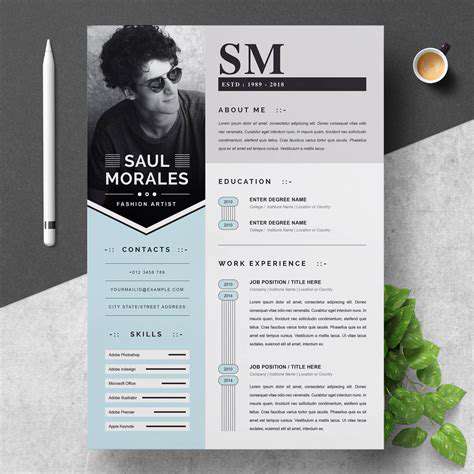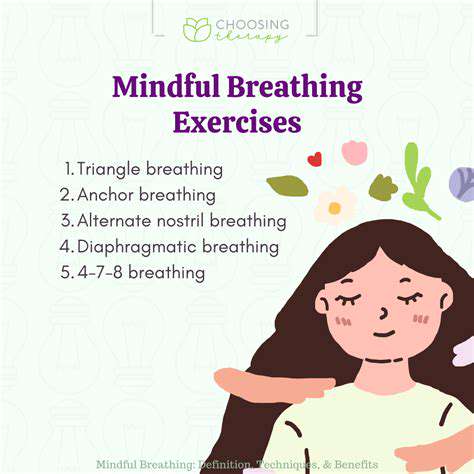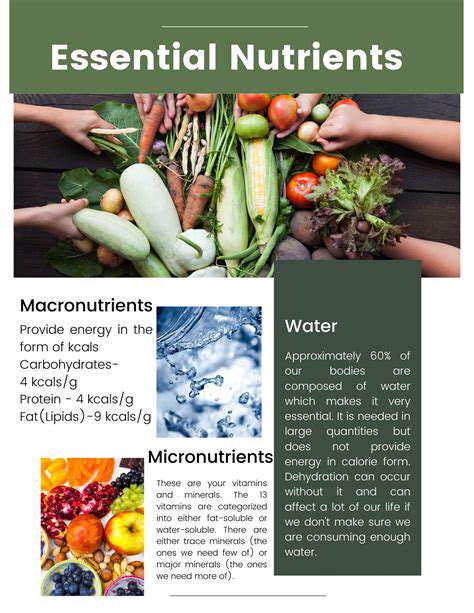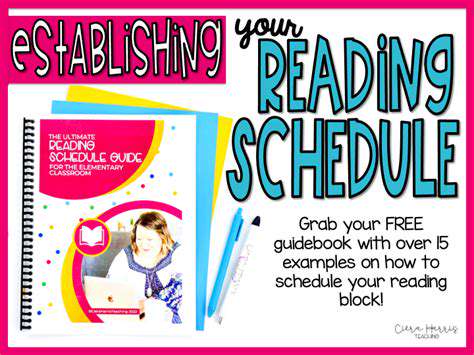How to Write a Resume That Gets Noticed [2025]
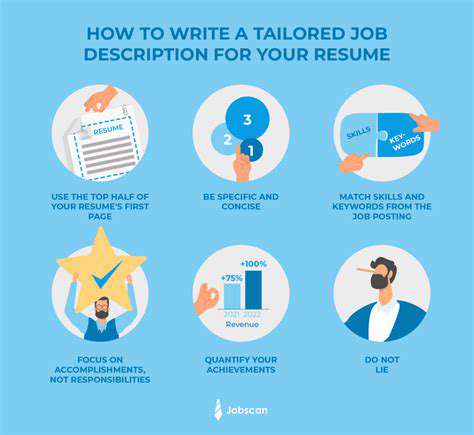
Crafting a Compelling Profile
When crafting your resume's profile section, think of it as your professional handshake with a hiring manager. This critical introduction must resonate with the specific position you're pursuing by emphasizing relevant competencies and career milestones. Research shows recruiters spend just 7.4 seconds initially scanning a resume, making your profile's impact crucial. Rather than generic statements, incorporate action-oriented language that demonstrates measurable outcomes from your career. For instance, Marketing executive with 8 years' experience driving 300% ROI on digital campaigns creates immediate impact.
Highlighting Relevant Keywords
Modern recruitment processes increasingly rely on sophisticated ATS algorithms that parse resumes for specific terminology. To optimize visibility, perform a line-by-line analysis of the job posting, noting repeated phrases and required qualifications. Strategic keyword placement should feel organic—never forced. For a project management role, terms like stakeholder engagement, risk mitigation, and Agile methodologies might warrant inclusion if authentically reflective of your experience.
Showcasing Quantifiable Achievements
The most compelling resumes transform routine responsibilities into tangible business impacts. Consider the difference between Handled customer service versus Resolved 95% of Tier 2 support tickets within 4 hours, boosting CSAT scores by 28%. This quantification strategy proves your ability to deliver concrete results rather than simply occupy roles. Financial metrics, efficiency gains, and scale measurements often resonate strongest with hiring committees.
Tailoring Experience Descriptions
Each position in your work history should speak directly to the target role's requirements. For a leadership position, emphasize team-building accomplishments; for technical roles, highlight specific systems mastery. This isn't about rewriting history, but rather curating the most relevant aspects of your background. A financial analyst applying for a data science role might emphasize SQL proficiency and predictive modeling projects rather than routine reporting tasks.
Emphasizing Transferable Skills
Career pivots require framing existing competencies through the lens of new opportunities. A teacher transitioning to corporate training might highlight curriculum development, public speaking, and performance assessment skills. The key lies in contextualizing these transferable abilities with industry-specific terminology. Project-based volunteer work or continuing education can further demonstrate commitment to bridging skill gaps.
Adapting Your Skills Section
Modern resumes demand dynamic skills sections that evolve with each application. Beyond listing abilities, consider tiered categorization (Technical Proficiencies, Leadership Competencies, etc.) with brief contextual examples. For tech roles, specify versions (Python 3.9) or certifications (AWS Certified) to demonstrate current relevance. Soft skills should include measurable applications, like Conflict Resolution - Mediated 15+ interdepartmental disputes with 100% retention of involved personnel.
Proofreading and Formatting
Polished presentation remains non-negotiable in competitive job markets. Beyond spellcheck, ensure consistent verb tenses, parallel bullet point structure, and clean visual hierarchy. Studies indicate 58% of recruiters automatically reject resumes with formatting errors. Consider reverse chronological ordering with clear section headers for optimal scannability. Always maintain a master resume document to facilitate quick customization for different opportunities.
Highlighting Quantifiable Achievements: Show, Don't Just Tell
Quantifying Your Contributions
The most effective resumes transform abstract responsibilities into concrete value propositions. For example, rather than Managed inventory, specify Implemented just-in-time inventory system reducing carrying costs by $240K annually while maintaining 99.7% order fulfillment rate. Time management tools can help track such metrics systematically. This level of specificity demonstrates both your analytical capabilities and business acumen.
Using Action Verbs
Dynamic language establishes professional momentum. Replace passive constructions with verbs like spearheaded, orchestrated, or pioneered to convey leadership. Technical roles benefit from precise verbs: debugged, optimized, architected. Varying your action verbs prevents repetitive phrasing while showcasing diverse competencies. Avoid overused terms like helped or assisted which dilute personal accountability.
Focusing on Key Results
Prioritize outcomes that align with common business objectives: revenue growth, cost reduction, efficiency gains, risk mitigation. A sales professional might highlight Expanded regional market share from 12% to 19% through targeted account-based selling strategies. This results-oriented approach demonstrates your understanding of organizational priorities. When possible, include timeframes to showcase your ability to deliver timely results.
Tailoring Your Achievements to the Job Description
Sophisticated applicants create achievement matrices matching their experiences to posted requirements. If a job emphasizes process improvement, highlight Reduced manufacturing defects by 42% through Lean Six Sigma implementation. This targeted approach proves you've thoughtfully analyzed the position's needs. Mirror the employer's language when describing comparable achievements to demonstrate cultural alignment.
Choosing the Right Metrics
Metric selection should reflect industry standards and role specificity. Digital marketers might cite CTR improvements or CAC reductions, while operations professionals highlight throughput metrics or safety records. Always prioritize metrics that demonstrate strategic impact rather than routine operational data. When exact numbers are unavailable, credible estimates (approximately 30% faster processing) maintain credibility while demonstrating results-orientation.
